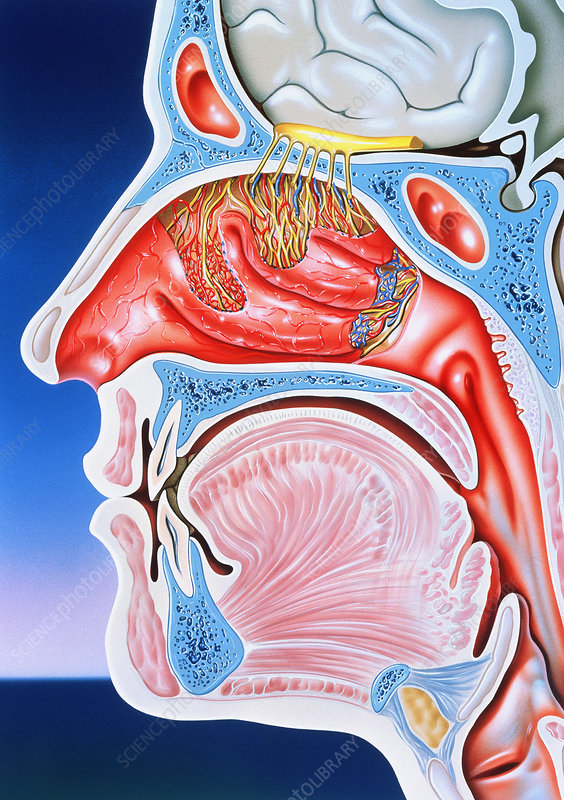The human nose is a complex and vital organ, responsible for more than just smelling odors and detecting flavors. It plays a crucial role in our respiratory system, filtering the air we breathe, and humidifying it to the right level for our lungs. The shape and structure of the nose can affect its function, and sometimes, issues with the nose can be corrected with surgery. In this article, we will delve into the basics of nose operations, also known as rhinoplasty, exploring what they entail, their purposes, and what one should expect from the process.
The Anatomy of the Nose and Its Functions
Before understanding the specifics of nose operations, it’s essential to grasp the anatomy and functions of the nose. The nose is composed of an external part, which is visible, and an internal part, consisting of the nasal passages. The external nose is made of skin, cartilage, and bone, while the internal nasal passages are lined with mucous membranes that help to warm, humidify, and filter the air we breathe. The nasal septum, a wall of cartilage and bone, divides the nasal passages into two nostrils.
The nose performs several critical functions: - Smell: The olfactory nerves within the nasal cavity are responsible for detecting odors. - Breathing: The nose acts as the primary entrance for air, which is then warmed, humidified, and filtered before it reaches the lungs. - Filtering: The nose’s mucous membranes and cilia help to trap dust, bacteria, and other particles, preventing them from entering the lungs. - Resonance: The nasal cavities play a role in the resonance of sound, affecting our ability to produce certain tones and pitches when speaking or singing.
Reasons for Undergoing a Nose Operation
Nose operations, or rhinoplasty, can be performed for various reasons, including: - Cosmetic Reasons: To change the appearance of the nose, making it more aesthetically pleasing to the individual. - Functional Reasons: To improve breathing by correcting issues such as a deviated septum, which can cause nasal congestion and breathing difficulties. - Reconstructive Reasons: After an injury or to repair birth defects. - Revision Rhinoplasty: To correct issues or improve the results of a previous nose operation.
The Rhinoplasty Procedure
The rhinoplasty procedure can vary significantly depending on the desired outcomes and the complexity of the case. Generally, the surgery involves making incisions to access the bones and cartilage that support the nose. Depending on the technique used, these incisions can be made entirely inside the nostrils (closed rhinoplasty) or involve an external incision at the base of the nose (open rhinoplasty). The surgeon may then: - Remove, add, or reshape bone and cartilage to achieve the desired shape. - Adjust the nasal septum to improve breathing. - Use grafts from other parts of the body to add support or shape.
After the procedure, the nose is usually covered with a splint to protect it and maintain its new shape. There may be bruising and swelling, especially around the eyes and nose, which typically subsides within a couple of weeks. Full recovery from rhinoplasty can take several months, with the final results becoming more apparent over time.
Recovery and Post-Operative Care
Proper recovery and post-operative care are crucial for the success of a nose operation. This typically includes: - Resting with the head elevated to reduce swelling. - Applying cold compresses to minimize bruising. - Avoiding strenuous activities for several weeks. - Following a specific medication regimen as prescribed by the surgeon. - Attending follow-up appointments to ensure the healing process is progressing as expected.
Risks and Complications
As with any surgery, there are risks and potential complications associated with nose operations. These can include: - Infection - Nosebleeds - Adverse reactions to anesthesia - Breathing difficulties - Unsatisfactory results that may necessitate additional surgery
It’s essential to discuss these risks with a qualified healthcare professional to understand them fully and make an informed decision.
Conclusion
Nose operations, whether for cosmetic, functional, or reconstructive purposes, can significantly impact an individual’s quality of life. By understanding the basics of rhinoplasty, including its purposes, the procedure itself, and what to expect from recovery, individuals can make informed decisions about their health and appearance. It’s crucial to approach such decisions with careful consideration and consultation with experienced professionals to ensure the best possible outcomes.
What are the primary reasons someone might consider undergoing a nose operation?
+The primary reasons for undergoing a nose operation include cosmetic reasons to change the appearance of the nose, functional reasons to improve breathing, reconstructive reasons after an injury, and revision rhinoplasty to correct issues from previous operations.
How long does it typically take to recover from a nose operation?
+The recovery time from a nose operation can vary, but typically, noticeable improvements in appearance and function can be seen within a couple of weeks, though full recovery and the final results becoming apparent can take several months.
What are some common risks or complications associated with nose operations?
+Common risks and complications include infection, nosebleeds, adverse reactions to anesthesia, breathing difficulties, and unsatisfactory results that may require additional surgery. It’s essential to discuss these risks with a healthcare professional.


